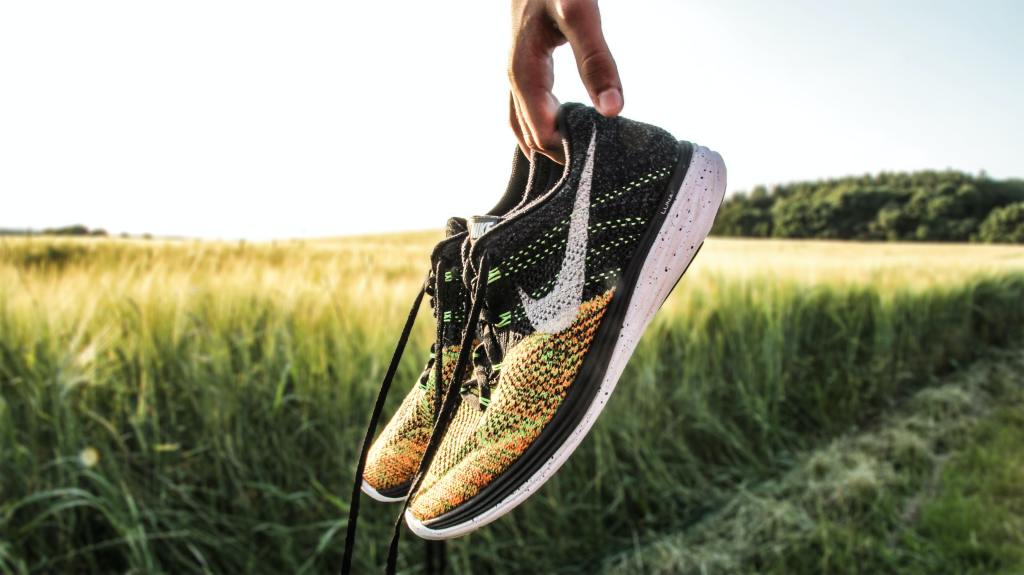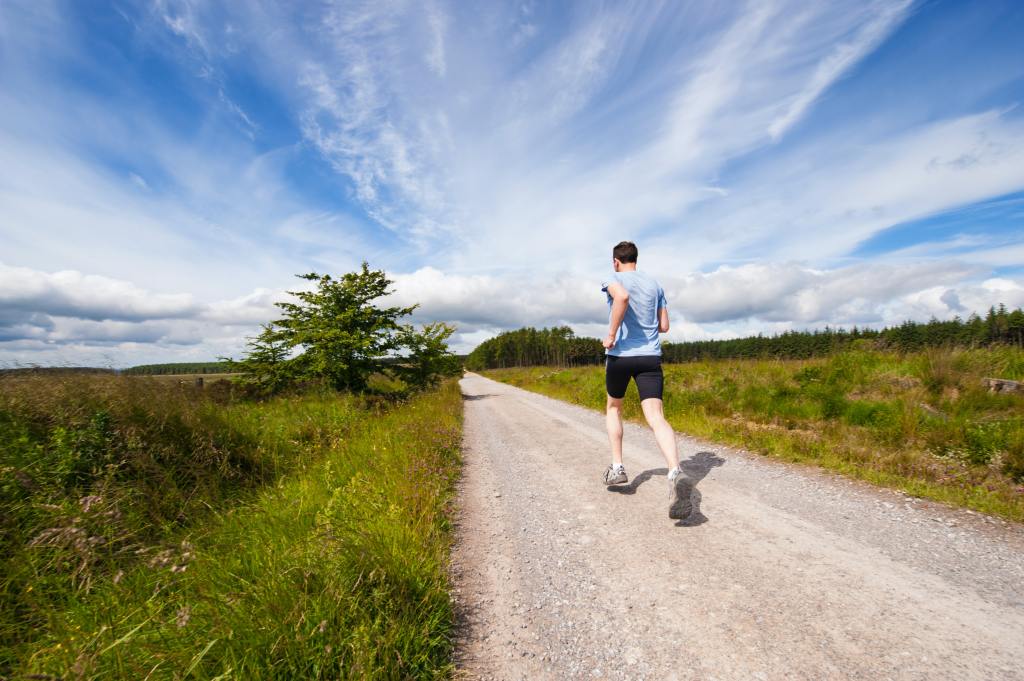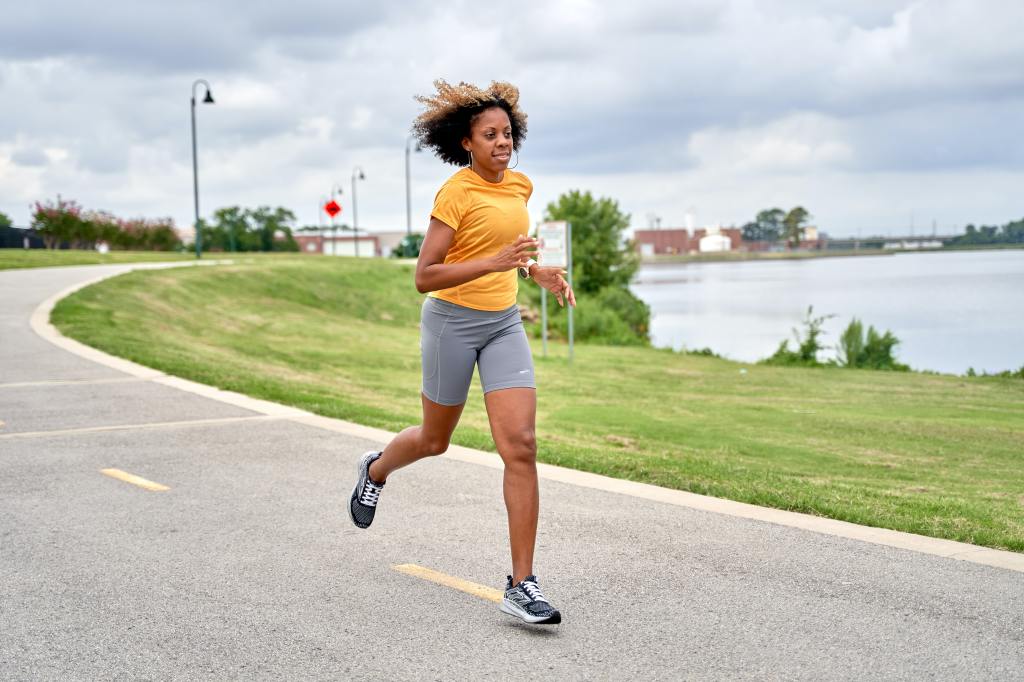I am not a runner, but I’d like to be one someday! At the moment, I’m a power-walker/light-jogger with dreams of grandeur, but I’m slowly making progress toward being able to run short distances.
My biggest hurdle is and always has been my joints. Beyond a twisted spine, I also struggle with weak knees and ankles (I’m a triple-threat!), and all three of these factors tend to compound into a very uncomfortable and at times even painful running experience.
Running was among the things I gave up on when I was young. Part of the P.E. curriculum year after year was a mile-long run for which the coaches graded us on the time it took to finish; since I was usually the last to limp my way to the finish line, back aching and knees buckling, I developed a mentality that I couldn’t and shouldn’t run because I couldn’t do it like everybody else or to my coaches’ expectations.
I’m so glad I decided to give it a try again six month ago! Now as an adult, I’m armed with a chiropractor to guide me and a bit more compassion for myself nad my body. If you’re in a similar boat and want to venture into the world of recreational running, here are some tips that have helped me!
- Run on a soft surface, like grass or a rubber track. Running is a high-impact activity, which can spell bad news for those of us with tender joints. One of the ways you can take some of the pressure off is by choosing a softer place to run. At the gym I attend, the treadmills are specifically designed to be gentle on the joints. The treads are marked with the softest places to land during your run, which not only protects your joints but ensures your strides are long enough to get a full range of motion. If I’m running outside, I keep to grassy or sandy areas that are well-maintained so my joints are protected and there’s a lower risk of tripping.

- Make sure you’re in the right shoes! This is true for anyone: Knee pain while running can be an indication that your shoes are not contoured to the shape of your foot, which can distort your gait and put undue stress on your knees. I put aside one Saturday morning to visit a running store that performed a free gait test, and it turns out my feet naturally hit the ground on one side of my foot more than the other, which was a big contributor to my knee pain. The associate fit me for new shoes that helped even out my gait, and in the following weeks that I started using the shoes, the frequency and intensity of my knee pain went down considerably.

- Be aware of how your foot hits the ground. When you’re running, the initial point of impact can make a lot of difference in your overall gait and the effects on your knees. For me, I have to be aware of heel-striking. As its name suggests, my foot tends to hit the ground heel-first, which sends a shock up my leg through my ankle to my knee and exacerbates my joint pain. What’s helped me the most is increasing the incline on the treadmill so the point of impact is naturally on the balls of my feet, which helps absorb some of the jolt.

- Head up, shoulders back! It’s so critical when you’re running with a bad back to keep your posture in check. It becomes really easy to lean too far forward, let my chin drop, and curve my shoulders inward, but I always correct it if I catch myself drooping. Not only does this keep my spine in better alignment, it also helps to maintain deep, steady breathing while I run, which reduces cramping and general fatigue. Check out this article from Healthline for more information on proper running form!

Running can be a lot of fun and really beneficial for your physical tone and endurance! It’s all about working within your body’s means and being mindful of what will help your joints stay healthy and strong.
Comment below on what works for you or if you might give one of these tips a try!
